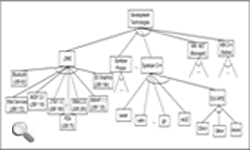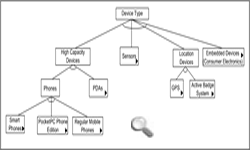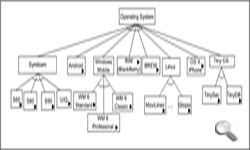In recent years, modern techniques for advanced separation of concerns and Model-Driven Development (MDD) have provided new means for improving the current methods of Software Product Line (SPL) Engineering. Mechanisms such as family polymorphism and mixin composition can be used to improve the separation and composition of features of an SPL. Using MDD repetitive, laborious and time consum ing tasks of SPL processes can be automated. Nevertheless, there is a general lack of SPL processes that integrate advanced mechanisms for separation of concerns with MDD techniques. This paper presents an innovative process, called TENTE, which combines both technologies. The result is a model-driven process that maintains the separation of features both at the architectural design and implementation stages, improving separation of variants; at the same time repetitive, laborious and time consuming tasks are automated.
A cornerstone in the creation and development of a product line is the analysis and specification of what elements are common and which elements are variable within the set of similar products produced by the software product line. To perform this task are often constructed the feature models. These models define a hierarchical decomposition, in tree form, the characteristics of a number of similar products. Hydra is a tool for feature modelling provided by a fully graphical editor and user friendly for the construction of feature models, textual editor and a syntax for specifying own restrictions between features; a graphical editor, assisted and user friendly for the creation of configurations feature models and a validator that checks that the configurations created satisfy the constraints defined for the feature model.




